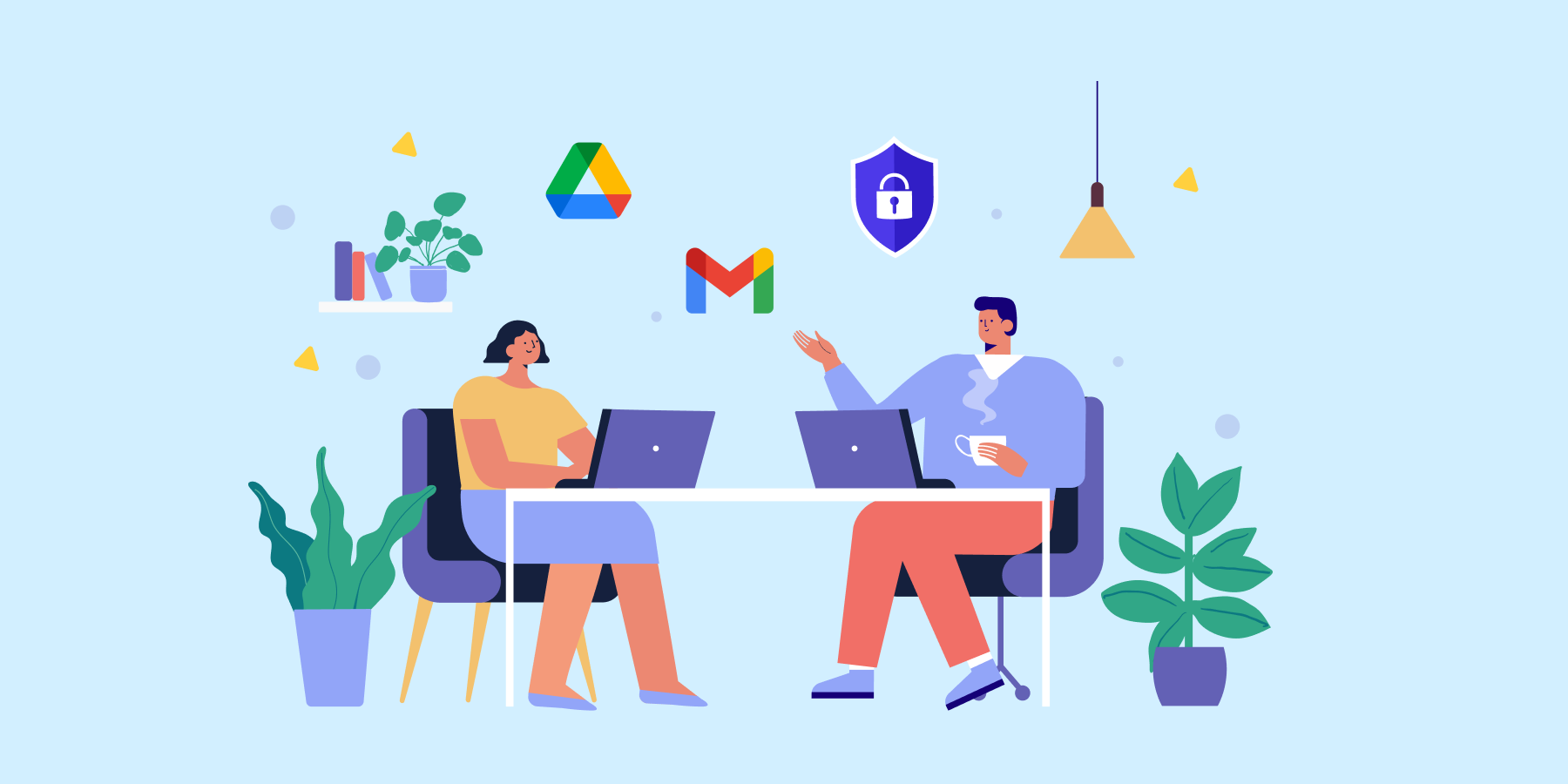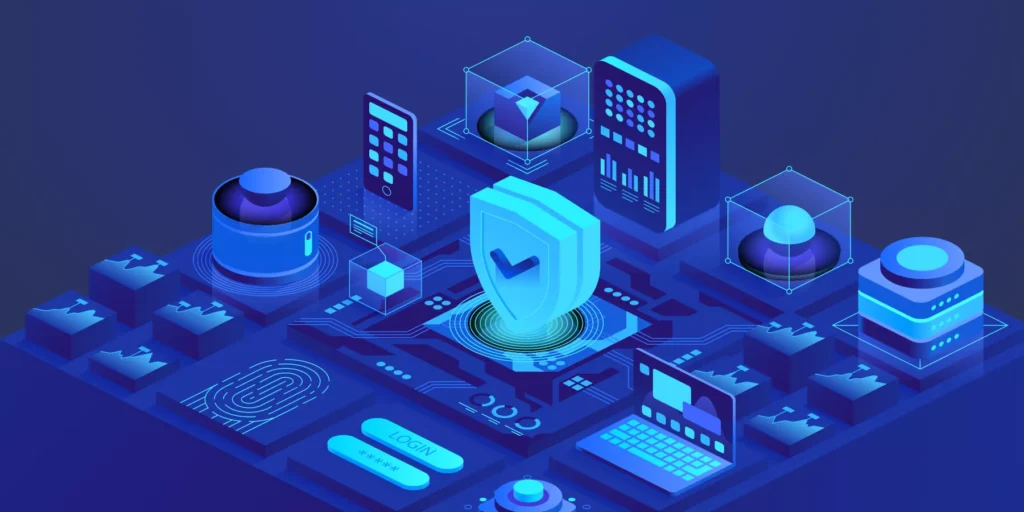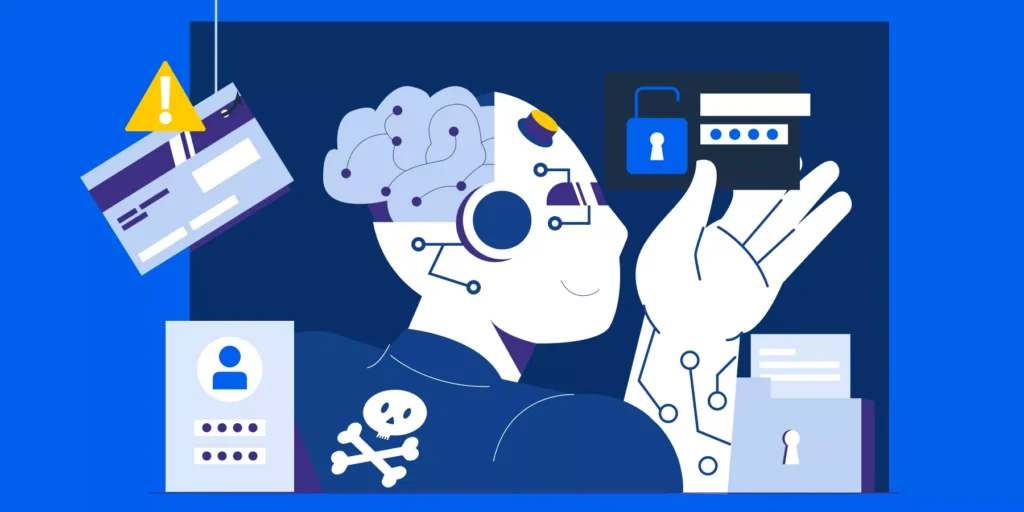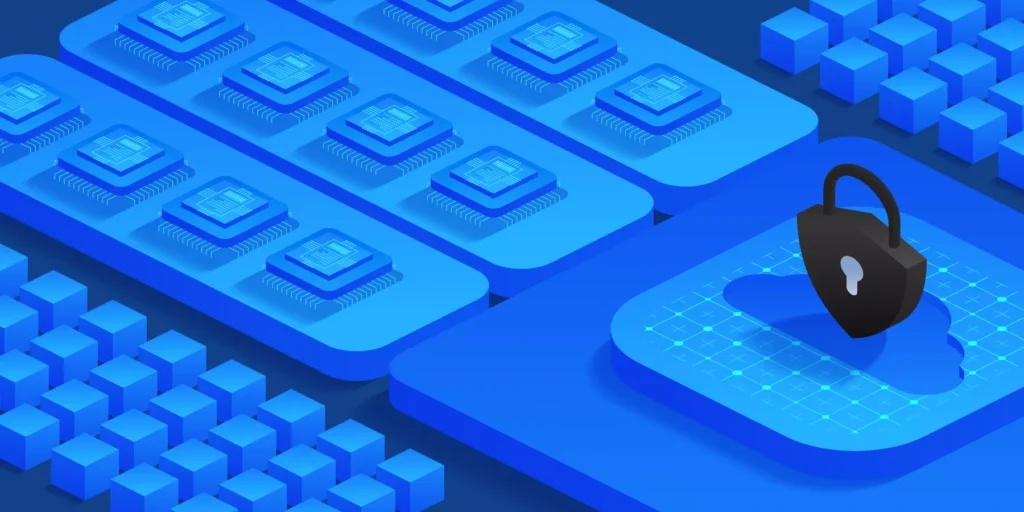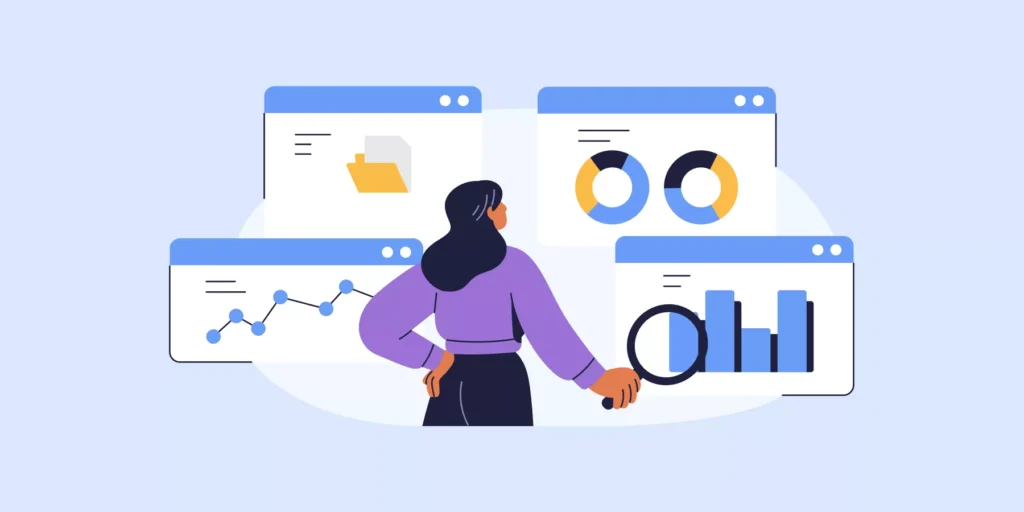Safeguarding the integrity of sensitive information rests upon the bedrock of robust password practices. As custodians of Google Workspace, your role as Google Admins stands as a bulwark against potential security breaches. This blog is designed to provide you with an insightful guide on password security, retaining the original tenets while catering to your specific audience.
PASSWORD SECURITY FOR GOOGLE WORKSPACE USERS: 10 DO’S AND DON’TS
Do’s:
1. Establish Robust Password Policies: The first line of defense lies in enforcing stringent password requirements. Advocate for a combination of uppercase and lowercase letters, numbers, and symbols. Encourage users, especially C-Suite members, to craft passwords that exceed 12 characters in length.
Over 60% of data breaches in 2021 involved stolen credentials or phishing.
Data breaches caused by phishing cost organizations $4.91 million on average in 2022
Phishing attacks grew 61% in 2022, reaching 255 million in a six-month period
2. Implement Two-Factor Authentication (2FA): Reiterate the importance of adopting 2FA across the board. By requiring an additional verification step beyond passwords, you augment the security of your Google Workspace environment.
3. Regular Password Updates: Emphasize the need for periodic password changes. Urge users to refresh their passwords every 90 days to proactively mitigate potential vulnerabilities.
4. Foster Phishing Awareness: Empower employees with knowledge about phishing threats. Equip them to identify and thwart attempts by cybercriminals to gain unauthorized access.
Tip: Make use of Google’s Password Alert for Phishing to help you keep your Google Account safe, including the info you have stored in Gmail or YouTube.
5. Embrace Single Sign-On (SSO): Finally, introduce the concept of SSO as a streamlined access mechanism. Simplify user experience while diminishing the reliance on multiple passwords.
Don’ts:
- Reject Common Passwords: Discourage the use of predictable passwords like “password123.” Moreover, highlight the importance of crafting unique and intricate passwords to bolster security.
- Eliminate Sharing and Reusing: Educate users about the risks of password sharing and reuse. Stress the necessity of distinct passwords for each account.
- Guard Against Social Engineering: Shed light on social engineering threats. Advise against disclosing passwords, even if the source seems legitimate.
- Diversify Security Measures: Reinforce that passwords alone are insufficient. Encourage the integration of supplementary security layers such as biometric authentication.
- Avoid Plain Text Password Storage: Reiterate the necessity of secure password storage methods. Furthermore, promote the utilization of reputable password managers for safe and organized credential management.
Introducing Google’s Passkeys
Passkeys present an innovative passwordless approach to signing in, delivering a seamless and highly secure authentication experience across various websites and applications. This method enables users to effortlessly access their accounts using fingerprint recognition, facial identification, or other screen-lock mechanisms on a range of devices, including smartphones, laptops, and desktops. Built upon an industry-standard framework, passkeys are universally compatible, functioning seamlessly with popular browsers and operating systems that individuals rely on daily, encompassing Android, ChromeOS, iOS, macOS, and Windows.
Conclusion:
As Google Admins, you wield the power to shape your organization’s security stance through diligent password management. By adhering to these principles, you reinforce the Google Workspace ecosystem’s resilience. While adapting the content to your audience, remember that cultivating a culture of security consciousness is as essential as technical safeguards. Stay vigilant, stay secure.
Insights That Matter. In Your Inbox.
Join our newsletter for practical tips on managing, securing, and getting the most out of Google Workspace, designed with Admins and IT teams in mind.



